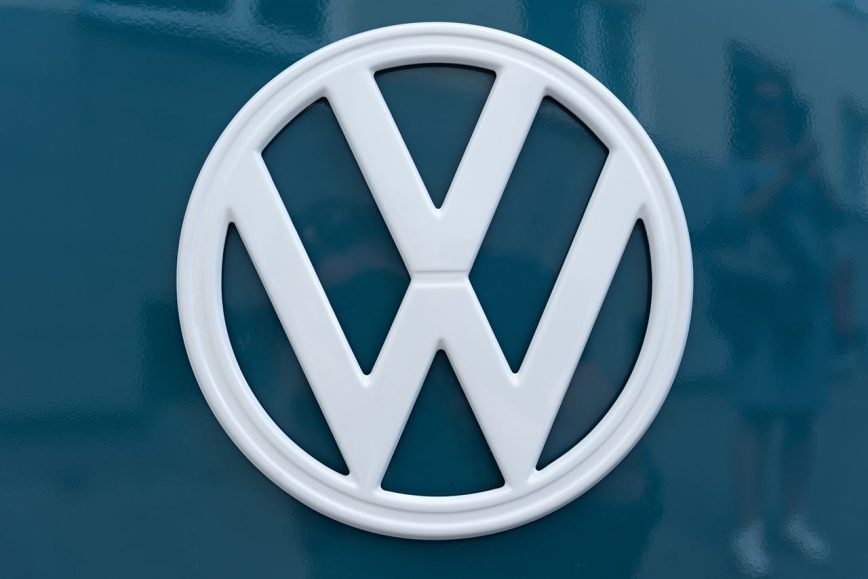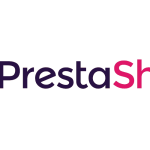Secure Your WordPress Site From Hackers – Is your WordPress site vulnerable to hacking? With the increasing number of cyber threats, it’s crucial to take proactive measures to secure your website. In this article, we will discuss 15 effective steps to fortify your WordPress site’s security and protect it from hackers. By following these steps, you can significantly reduce the risk of unauthorized access, data breaches, and other security issues. So, let’s dive in and ensure your WordPress site is safe and secure.
1. Introduction
WordPress is the most popular content management system (CMS) used by millions of websites worldwide. However, its popularity also makes it an attractive target for hackers. Implementing robust security measures is essential to safeguard your site from potential threats and maintain its integrity.
2. Update WordPress Regularly
Keeping your WordPress installation up to date is crucial for security. Regular updates include security patches, bug fixes, and new features that enhance your site’s security. Enable automatic updates or regularly check for updates in your WordPress dashboard.
3. Use Strong and Unique Passwords
A strong and unique password is your first line of defense against hackers. Avoid using common passwords or personal information. Instead, create a complex password consisting of a combination of uppercase and lowercase letters, numbers, and special characters. Consider using a password manager to securely store your passwords.
4. Limit Login Attempts
By default, WordPress allows unlimited login attempts, making it easier for hackers to guess your password through brute force attacks. Install a plugin that limits the number of login attempts and temporarily locks out IP addresses that exceed the limit.
5. Implement Two-Factor Authentication
Adding an extra layer of security with two-factor authentication (2FA) significantly enhances your WordPress site’s security. 2FA requires users to provide a second form of authentication, such as a verification code sent to their mobile device, in addition to their password.
6. Protect wp-config.php File
The wp-config.php file contains sensitive information, including your WordPress database credentials. Move this file to a higher-level directory or secure it with appropriate file permissions to prevent unauthorized access.
7. Secure Your Hosting Environment
Choose a reputable hosting provider that prioritizes security and implements robust measures to protect your website. Ensure they have measures such as firewalls, malware scanning, and regular backups in place.
8. Use Secure FTP
When connecting to your hosting server, use a secure FTP (File Transfer Protocol) connection. This ensures that your login credentials and data are encrypted during transmission, reducing the risk of interception by hackers.
9. Disable File Editing
WordPress allows administrators to edit theme and plugin files directly from the dashboard. Disable this feature to prevent potential exploitation by hackers who gain unauthorized access to your admin area.
10. Install a Security Plugin
WordPress offers a wide range of security plugins that can help fortify your site’s security. Install a reputable security plugin, such as Wordfence or Sucuri Security, to add an extra layer of protection to your WordPress site. These plugins offer features like malware scanning, firewall protection, and login security enhancements.
11. Enable Web Application Firewall (WAF)
A Web Application Firewall (WAF) acts as a shield between your website and potential threats. It filters out malicious traffic, blocks suspicious requests, and protects your site from common attacks like SQL injections and cross-site scripting (XSS). Enable a WAF either through your hosting provider or using a security plugin with built-in WAF functionality.
12. Backup Your Website Regularly
Regular backups are essential for mitigating the impact of a security breach or any unforeseen events. Schedule automatic backups of your WordPress site and store them in a secure location, either on a remote server or in cloud storage. In case of any security incident, you can restore your site to a previous clean state.
13. Use SSL Certificate
Implementing an SSL certificate is crucial for securing the communication between your website and its visitors. It encrypts the data transmitted between the user’s browser and your site, ensuring that sensitive information, such as login credentials and personal data, remains protected. Obtain an SSL certificate from a trusted certificate authority (CA) and configure it on your website.
14. Monitor Site Activity
Keep a close eye on your website’s activity to detect any suspicious behavior or unauthorized access. Monitor your site’s logs, user accounts, and file changes. Consider using a security plugin that provides activity logs and sends notifications for any unusual activities, such as failed login attempts or modified files.
15. Stay Educated and Informed
The field of cybersecurity is constantly evolving, and new threats emerge regularly. Stay informed about the latest security best practices, vulnerabilities, and updates related to WordPress. Follow reputable security blogs, forums, and official WordPress channels to keep yourself up to date. By staying educated, you can proactively address potential security risks.
Conclusion
Securing your WordPress site from hackers is crucial to protect your data, maintain your reputation, and ensure the smooth functioning of your website. By following the 15 steps outlined in this article, you can significantly enhance your site’s security posture. Remember to keep your WordPress installation and plugins up to date, use strong passwords and two-factor authentication, implement security plugins and a web application firewall, regularly back up your site, and stay informed about the latest security practices.
FAQs
Q1: Can I secure my WordPress site without using plugins?
Yes, while plugins provide convenient security features, you can also enhance your site’s security manually by following best practices, such as using strong passwords, limiting login attempts, and securing your hosting environment. However, using reputable security plugins can simplify the process and offer additional features.
Q2: How often should I update my WordPress installation and plugins?
You should update your WordPress installation and plugins as soon as new updates become available. Regularly check for updates and enable automatic updates if possible. Outdated software can pose security risks, so timely updates are crucial.
Q3: Are free SSL certificates as secure as paid ones?
Free SSL certificates, such as Let’s Encrypt, offer the same level of encryption and security as paid certificates. However, paid certificates often provide additional features, such as extended validation (EV) certificates, which display the company name in the browser’s address bar, enhancing trust.
Q4: Can I recover my WordPress site if it gets hacked?
If your WordPress site gets hacked, having regular backups in place is essential for recovery. You can restore your site to a previous clean state by using the latest backup. However, it’s recommended to work with a professional or seek assistance from a cybersecurity expert to identify the source of the breach, close any vulnerabilities, and ensure that your site remains secure.
Q5: What should I do if my WordPress site gets hacked?
If your WordPress site gets hacked, here are the immediate steps you should take:
- Disconnect from the internet: Temporarily take your site offline to prevent further damage.
- Change passwords: Immediately change all passwords associated with your site, including admin accounts, FTP, and database.
- Scan for malware: Run a thorough malware scan using a reliable security plugin or a scanning tool recommended by your hosting provider.
- Restore from a clean backup: If you have a recent backup, restore your site to a previous clean state before the breach occurred.
- Update and strengthen security measures: Update your WordPress installation, themes, and plugins to the latest versions. Implement additional security measures, such as using security plugins, enabling two-factor authentication, and strengthening passwords.
- Conduct a security audit: Perform a comprehensive security audit to identify any vulnerabilities, remove malicious code, and reinforce security measures.
- Monitor and learn from the incident: Keep a vigilant eye on your site’s activity and consider investing in a website security service that provides continuous monitoring and threat detection.
Remember, prevention is better than cure. By implementing robust security measures and following the steps outlined in this article, you can significantly reduce the risk of your WordPress site falling victim to hackers.
Avail 50% Discount on our Shared BDIX Hosting Products
Promo Code – 50BDIX
Link: BDIX Shared Hosting
com Domain Registration | Buy a .com Domain Name Today
Search The Domain Name You Want com Domain Registration – The internet has become an
Best Ransomware Detection Techniques
22 May 2023What is Drupal used for?
22 May 2023Is PrestaShop a CMS or Framework?
22 May 2023







